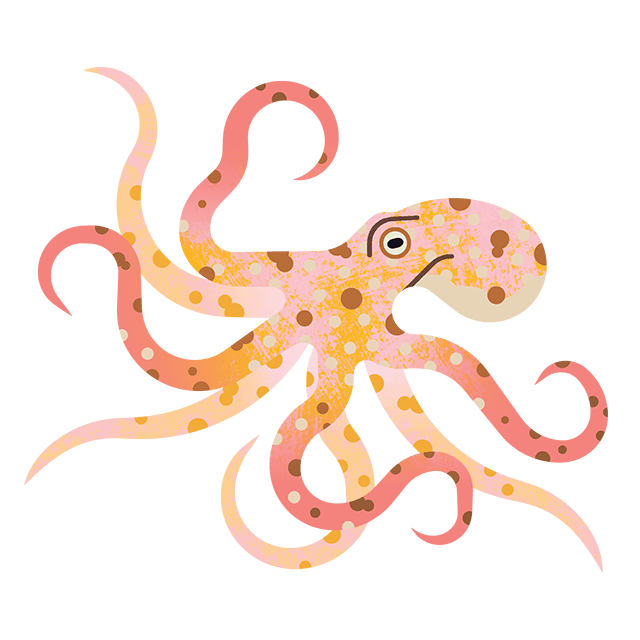
Top tips for buying seafood
There’s a lot to think about when you’re at the supermarket or fishmonger's. Follow these five simple steps and you’ll know exactly what to look out for and what to ask.
We believe sustainable seafood should be the only option available to people. While this isn’t yet the case, as shoppers we have real power to drive this change.
By demanding sustainable seafood, we’ve driven retailers to get serious on responsible sourcing. Good Fish Guide ratings now influence 20% of the seafood meals served in the UK each year.
Every choice we make with seafood leaves a footprint on our ocean, by following these tips, we can make sure we tread as lightly as possible.
Remember these M.A.G.I.C. tips next time your buying seafood
Mix it up
80% of the seafood we eat in the UK is made up of just five species: cod, haddock, salmon, tuna and prawns. This puts a lot of pressure on a handful of species, leading in turn to unsustainable fishing and aquaculture practices.
Eating the same five species is also really boring. There are dozens of different species caught and farmed in and around the UK, as well as many sustainable options imported from overseas. Why not mix it up and try something new?
Farmed shellfish is a great option. Unlike farmed fish, clams, mussels and oysters don’t need any feed and actively clean the water they’re grown in. They’re a great choice in terms of environmental sustainability and a low carbon option to boot.
Good Fish Guide
We understand that choosing sustainable seafood can be confusing. The Good Fish Guide is our way of doing the hard work for you. It’s free for people and businesses to use. It rates most seafood sources available in the UK on a sliding scale- Green is Good, Red is Bad.
Simply check what you’re buying on the Good Fish Guide to make sure you’re making a good choice. It’s available online, as well as an app you can use anywhere and any time.
The three key things you'll need to know are what species you're buying, where it was caught or farmed, and how. Find out more here.
Impact
All fishing and farming methods have an impact on the marine environment. Some more so than others. A beam trawler scours the seabed to scoop fish into its nets, whereas a fish caught with a rod and line doesn’t do any damage to the seabed. The same goes for aquaculture, or fish farming. Shellfish don’t require any feed inputs to grow and clean the water they’re grown in, whereas some farmed fish need to eat five kilos of feed to put on one kilo of weight and can pollute water sources. We factor this all into our Good Fish Guide ratings, but it’s good to think about the impact your seafood choices might have on our ocean.
Other eco-labels to look out for are:
- Organic
- Global Aquaculture Alliance, Best Aquaculture Practices (GAA BAP)
- BAP




